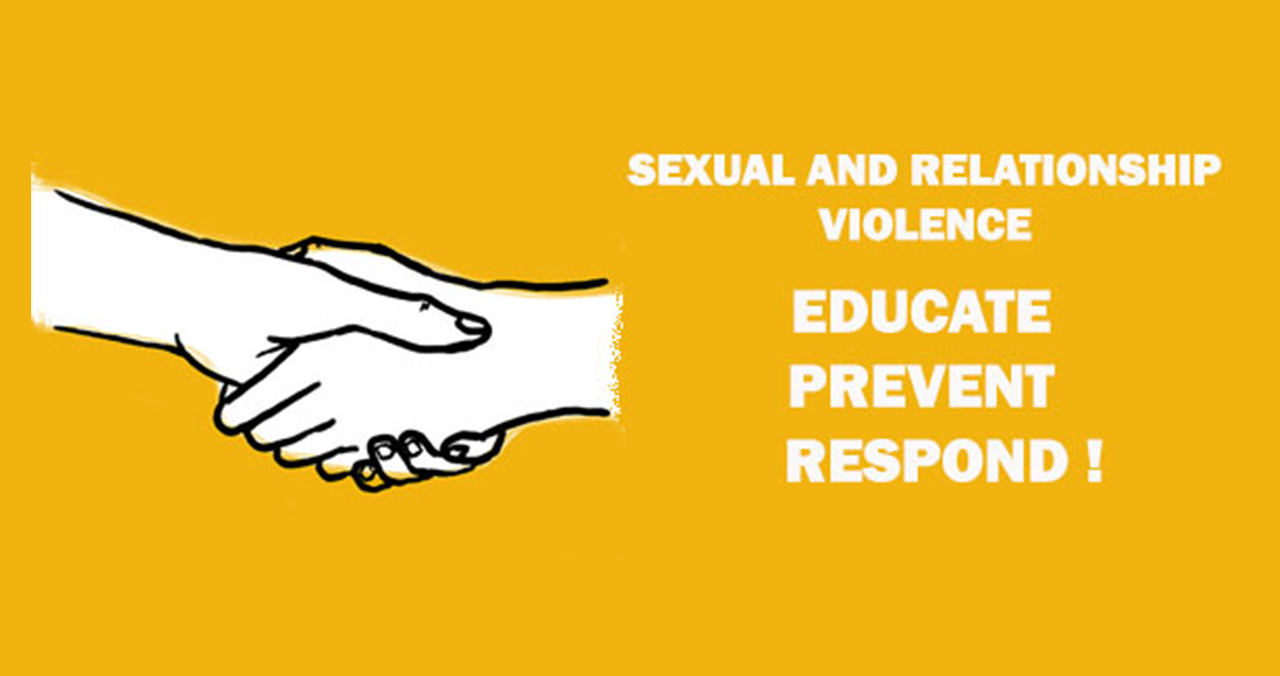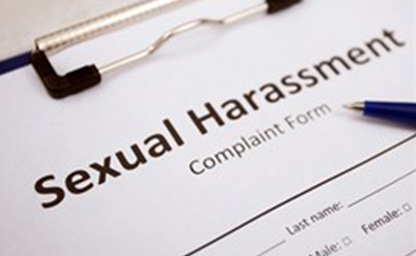Sexual Harassment

|
|
 Sexual harassment is defined as any behavior including verbal and nonverbal actions, that may take place in social settings such as workplace, public entity, and school, that arouses sexual humiliation to other individual as well as violates their right to work and education. Sexual harassment is a broad concept ranging from sexual objectification, dirty jokes, forced dates to graver crimes such as sexual molestation and rape. Sexual comment and conduct can be sexual harassment when it is imposed on a person as a condition for advantages or disadvantages in employment, work, and school. They can also be considered sexual harassment when those acts form a hostile environment. Sexual harassment is derived from convergence of gender discrimination and unequal power relations. Prevention of sexual harassment is crucial in order to reduce gender and sexual discrimination within corporate life and to establish equality in work and educational environments.
A number of European countries interpret sexual harassment in a broad manner; it is “gender harassment” abusing someone based on gender differences. In fact, the term “harassment” is close to “annoyance.”.
Sexual harassment is defined as any behavior including verbal and nonverbal actions, that may take place in social settings such as workplace, public entity, and school, that arouses sexual humiliation to other individual as well as violates their right to work and education. Sexual harassment is a broad concept ranging from sexual objectification, dirty jokes, forced dates to graver crimes such as sexual molestation and rape. Sexual comment and conduct can be sexual harassment when it is imposed on a person as a condition for advantages or disadvantages in employment, work, and school. They can also be considered sexual harassment when those acts form a hostile environment. Sexual harassment is derived from convergence of gender discrimination and unequal power relations. Prevention of sexual harassment is crucial in order to reduce gender and sexual discrimination within corporate life and to establish equality in work and educational environments.
A number of European countries interpret sexual harassment in a broad manner; it is “gender harassment” abusing someone based on gender differences. In fact, the term “harassment” is close to “annoyance.”.
 Statute regarding prevention and treatment of sexual harassment and violence Article 2, Section1.
Sexual harassment is any conduct which brings others sexual humiliation and aversion, regardless of whether the conduct constitutes sexual crime or not, according to the reasonable judgement of the victim. It includes the following:
Statute regarding prevention and treatment of sexual harassment and violence Article 2, Section1.
Sexual harassment is any conduct which brings others sexual humiliation and aversion, regardless of whether the conduct constitutes sexual crime or not, according to the reasonable judgement of the victim. It includes the following:
2. Conduct of giving disadvantage in academic evaluation, employment, and/or promotion due to noncompliance to the conduct described in secion1, or gender differences. 3. Conduct which constructs unfair environment based on gender differences 4. Conduct of one who sympathized with the assailant, which causes considerable damage to the victim by means of mental intimidation, physical coercion or any other means.
| Regulations-page under updating process. |
| Title | File | |
| Regulation on Preventing and Responding to Sexual Violence and Misconduct | ||
| School Rules |